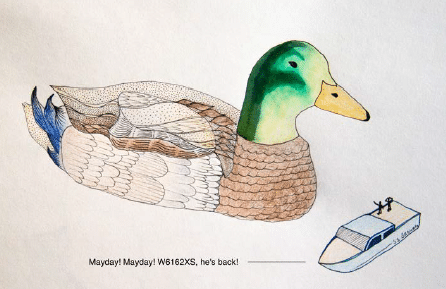Have you been struck by a duck? Maybe hurt in a spaceship accident? If so, the new medical coding system that went live across the nation this month has a code that applies to you. The tenth revision of the International Classification of Diseases, or “ICD 10,” includes almost seventy thousand codes — roughly five times as many as the previous system. Some of the new ones are shockingly specific. Others are puzzlingly vague. The changeover could cause serious issues in coming months, including glitches in billing, insurance claims, and new computer systems. But today, we’re looking at a lighter side: WBHM’s Dan Carsen recruited some experts to give dramatic voice to some of the more, uhm, “interesting” codes. Listen to some brave Birmingham-area healthcare professionals above. There’s more information below.
Key Excerpts
“[The new codes] are a little bit more time-consuming. And some of the minutia — one wonders whether that granularity is really necessary: ‘non-venomous reptile biting me in the right thumb on a Tuesday at this portion of the lunar cycle.'” — University of Alabama at Birmingham infectious disease specialist Dr. James Willig
“The specificity of describing how [people] were injured is remarkable. For me, it has only been a positive thing because it has been the source of tremendous amounts of humor.” — Brookwood-Baptist Health System infectious disease specialist Mukesh Patel
A Few “Favorite” Codes
From Amanda Willig, Assistant Professor in UAB’s Department of Medicine:
Code Z63.1: Problems in relationship with in-laws.
Code R46.1: Bizarre personal appearance.
Code 7Z3.1: Type-A behavior pattern.
(But you really should listen to her reading them herself.)
More Information
To find codes by letter-number designation or by keyword (try “thumb” or “parrot,” for example), click here.
For more irreverent illustrations of the strangest ICD-10 codes “in action,” click here.

